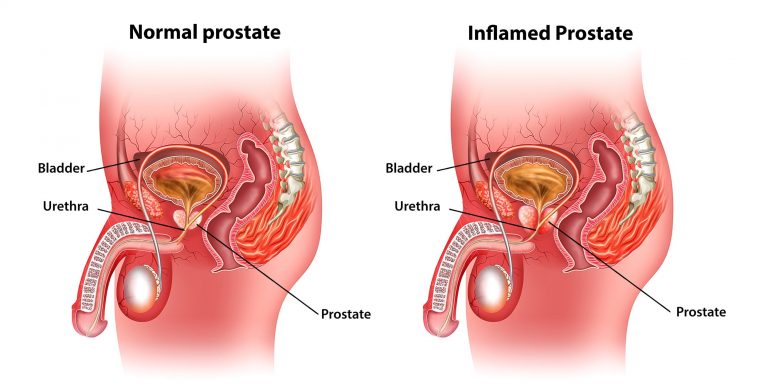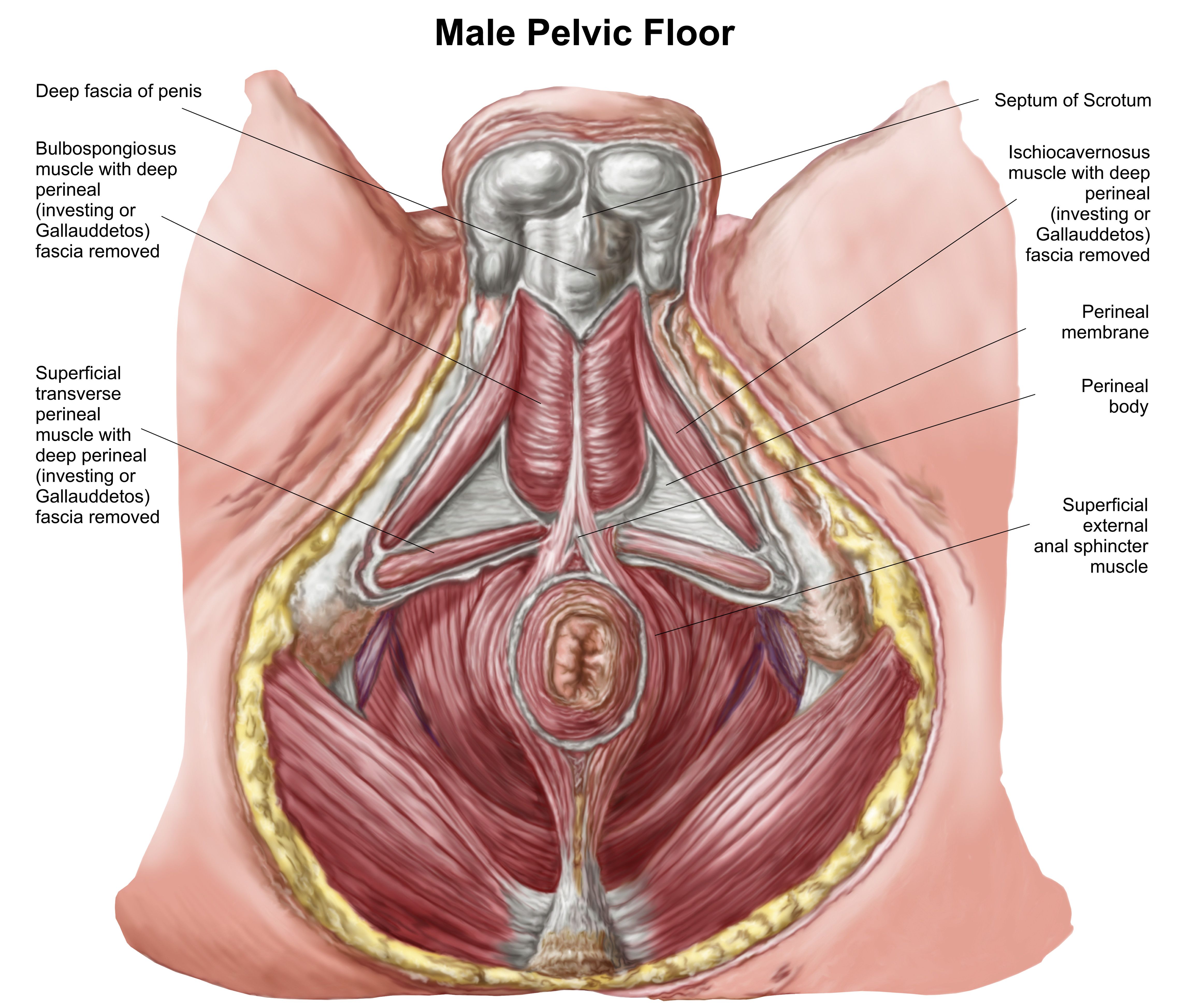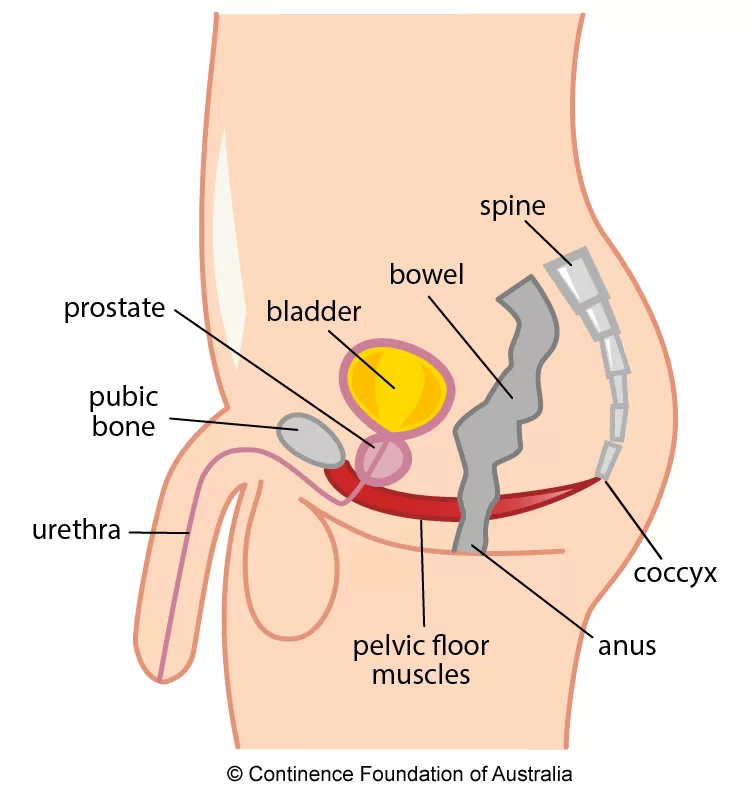Back
Do I Really Have Prostatitis?
By Shannon Strauch, PTA, STMT-1 on 7/18/2024

Prostatitis and tight pelvic floor muscles can both manifest with symptoms in the pelvic region, but they are distinct conditions with different underlying causes and treatments. Here's a breakdown of each:
Prostatitis:
Definition:
Prostatitis refers to inflammation or infection of the prostate gland, a small gland located just below the bladder and in front of the rectum in males.
Types:
Acute Bacterial Prostatitis:
Caused by a bacterial infection and typically presents suddenly with severe symptoms such as fever, chills, severe pelvic pain, and difficulty urinating.Chronic Bacterial Prostatitis:
Similar to acute bacterial prostatitis but with milder symptoms that come and go over a period of time.Chronic Prostatitis/Chronic Pelvic Pain Syndrome (CP/CPPS):
This is the most common type. It involves persistent pelvic pain, discomfort, and urinary symptoms without evidence of bacterial infection. It can be further categorized into inflammatory (with signs of inflammation in the prostate) and non-inflammatory (no signs of inflammation).
Causes:
Bacterial Infection:
In acute and chronic bacterial prostatitis, the symptoms are typically caused by a bacterial infection that affects the prostate gland.
Non-Bacterial Factors:
For chronic prostatitis/chronic pelvic pain syndrome (CP/CPPS), the exact cause is often unclear but may involve inflammation, nerve dysfunction, or other non-infectious factors.
Symptoms:
Pelvic pain or discomfort (often varying in intensity)
Painful urination or urinary urgency
Painful ejaculation
Lower back pain
Sexual dysfunction
Fever and chills (in acute bacterial prostatitis)
Diagnosis and Treatment:
Diagnosis involves a thorough medical history, physical examination, and sometimes laboratory tests (urine culture, prostate fluid culture, PSA test) to rule out bacterial infection.
Treatment varies based on the type:
Antibiotics for acute and chronic bacterial prostatitis.
Medications for pain relief, alpha-blockers for urinary symptoms, and sometimes physical therapy for chronic prostatitis/CP/CPPS.
Tight Pelvic Floor Muscles:
Definition:
Tight pelvic floor muscles, also known as pelvic floor hypertonicity or pelvic floor dysfunction, refer to overactive or tense muscles in the pelvic floor region.

Causes:
Chronic stress or tension
Poor posture
Overuse or misuse of the pelvic floor muscles
Psychological factors (anxiety, stress)
Symptoms:
Pelvic pain or discomfort
Painful urination or difficulty urinating
Pain during or after ejaculation
Lower back pain
Sexual dysfunction
Constipation or pain with bowel movements
Diagnosis and Treatment:
Diagnosis involves a physical examination by a healthcare provider, often a specialist like a urologist or pelvic floor physical therapist.
Treatment typically includes pelvic floor physical therapy, relaxation techniques, biofeedback, and sometimes medications to manage pain or muscle spasms.
Similarities:
Pelvic Pain:
Both prostatitis and tight pelvic floor muscles can cause pelvic pain, which may be dull, achy, or sharp in nature.Urinary Symptoms:
Difficulty urinating, frequent urination, urgency, and incomplete emptying of the bladder can occur in both conditions.Sexual Dysfunction:
Pain during ejaculation and erectile dysfunction can be present in both prostatitis and tight pelvic floor muscles.Lower Back Pain:
Discomfort or pain in the lower back can be a shared symptom due to the proximity of the pelvic floor muscles and the prostate gland.
Differences:
Underlying Cause:
Prostatitis is primarily caused by infection (in acute and chronic bacterial types) or inflammation (in chronic non-bacterial types), whereas tight pelvic floor muscles result from muscular tension and dysfunction.Diagnosis:
Prostatitis requires tests to detect infection (if bacterial) or inflammation, whereas tight pelvic floor muscles are diagnosed through physical examination and assessment of symptoms.Treatment Approach:
Prostatitis often involves antibiotics for bacterial types and medications tailored to symptoms, while tight pelvic floor muscles are managed with pelvic floor physical therapy to relax and normalize muscle tone.
In summary, while prostatitis and tight pelvic floor muscles share some overlapping symptoms, they are distinct conditions with different causes and treatment approaches. It's crucial for individuals experiencing pelvic symptoms to seek evaluation by a healthcare professional for accurate diagnosis and appropriate management. Have you tried antibiotics for "prostatitis" with no relief of symptoms? Reach out to us at the Pelvic Health Center! 908-443-9880 or receptionmadison@pelvichealthnj.com to schedule an evaluation of your symptoms
Read More:
How Chronic Pelvic Congestion in Men Contributes to Prostatitis By Shannon Strauch, PTA, STMT-1 on 12/11/2024 How lymphatic issues can cause symptoms of prostatitis Prostatitis and Tight Pelvic Floor Muscles: A Comprehensive Guide By Shannon Strauch, PTA, STMT-1 on 12/10/2024 How a tight pelvic floor can be the reason for prostatitis symptoms
Are you ready to live pain free?
Request An Appointment